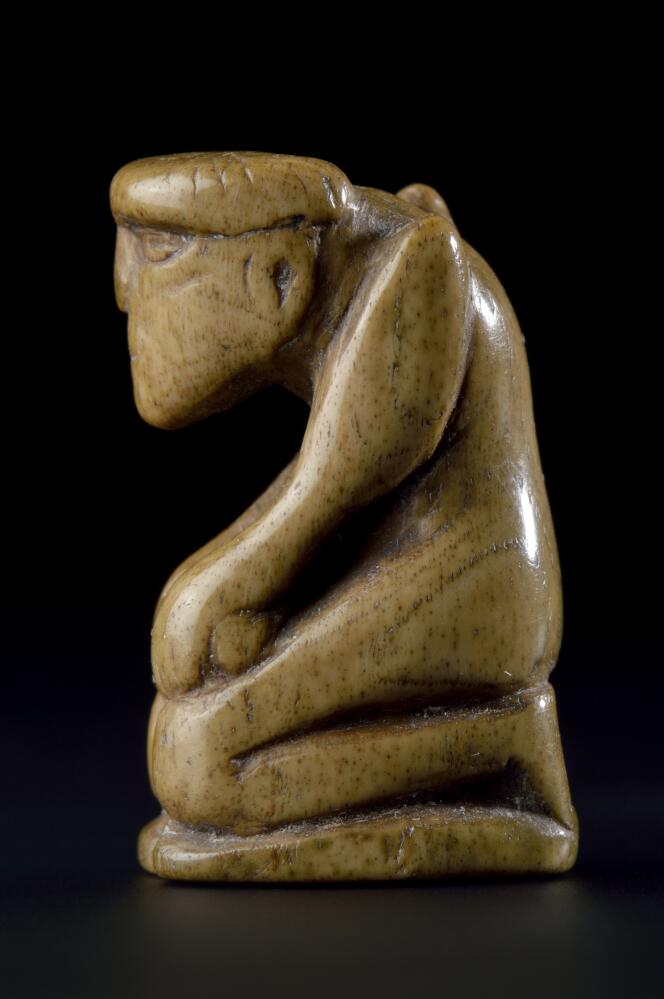


If you are traveling between Bordeaux and Bergerac in southwestern France, you will take the D936 road. It skirts the small town of Pineuilh to the south, where you will unknowingly be driving over a magnificent archaeological site. "We're on one of the ancient oxbows of the Dordogne," explained Frédéric Prodéo, of the French National Research Institute of Preventive Archaeology (INRAP), who was responsible for an epic excavation lasting 10 months between 2002 and 2003. It was epic because of the difficult working conditions, in water and mud, which meant constant pumping and the digging of drainage ditches. But that was also a blessing in disguise: The site, a former medieval dwelling, had "collapsed into a boggy, peaty environment, which favored the conservation of organic materials, particularly architectural timbers," Prodéo said.
Using dendrochronology, a dating method based on the study of tree rings, archaeologists have reconstructed the precise history of the residence. Construction began in 975 CE, with a small mound in the middle of the water, partly surrounded by a moat and partly by the river, and linked to the shore by a footbridge. Remodeled in 1044 CE, the site was repurposed towards the end of the 11th century CE to become a kind of enclosure. But who built it and who lived there before?
The abundance of furniture discovered leaves no doubt as to the function and status of the site. There were common objects, ceramic crockery, wooden plates, tools for clearing land or working in the fields. This must have the home of a person involved in working the land. But this was no poor peasant.
"We also have equestrian equipment," Prodéo explained, "such as stirrups, a wooden saddle, horseshoes, harness buckles and a bit. This places the individual among the chivalrous gentry, in a relatively high social rank." And that's not all. Elements of board games that attest to an elite status have also been unearthed. They include backgammon pieces, as well as two chess pieces: a "roc" (which corresponds to the modern rook) made of deer antler, and a rare bone pawn depicting a kneeling man.
Added to this are olifants and weapons (crossbow bolts, knives, daggers, winged spears). Note the presence of a bushel, a container whose manufacture was highly regulated, as it was used to measure and collect grain royalties. According to Prodéo, the local inhabitants "ate a lot of suckling pigs, which is an aristocratic privilege – in the lower classes, you would wait until the pig grew much bigger." This is how the "peasant knight" came to be portrayed. As for the Pineuilh site, which will be the subject of an extensive monograph this autumn, it stands out as a major witness to the birth of feudalism in France, around the year 1000 CE.
